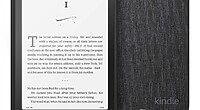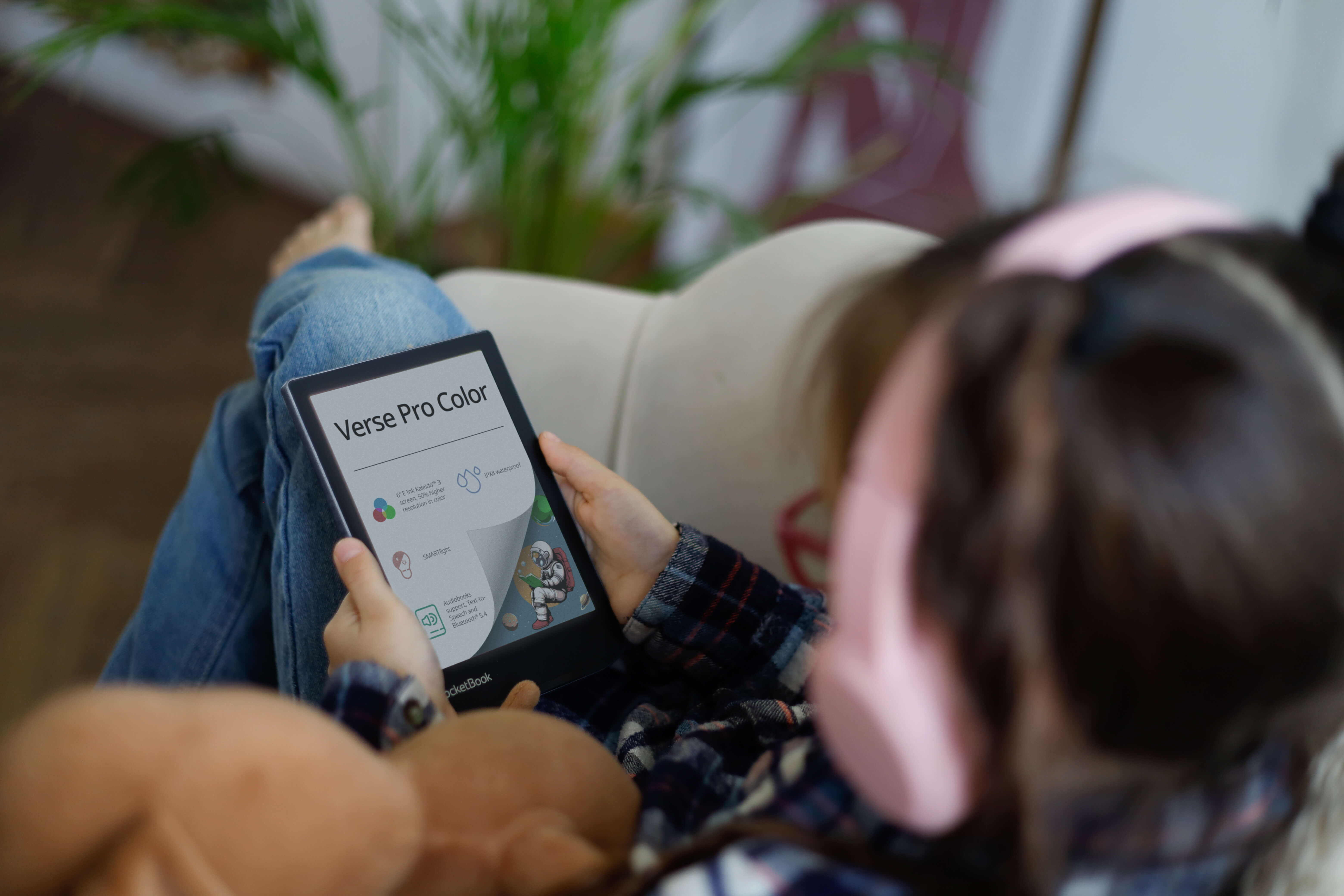I have been writing about e-readers since 2007, the year the original Amazon Kindle came out. The entire industry has grown since then, with many new companies entering the fray; some are still in operation, while others have fallen by the wayside. Good e-Reader has reviewed every e-reader brand in existence and continues to write about e-readers in 2025, so it’s been a long time.
E-readers have matured in the past few years. The Amazon Kindle, Barnes & Noble NOOK, and Kobo have really maximized what they are capable of; there really isn’t anything further these companies can do with existing technology. Page-turn speed, UI optimization, and software updates to introduce new features are about the only things left.
There are many e-readers on the market that run Android OS, instead of Kindle and Kobo, which run Linux. BOOX, Meebook, iReader, and many other brands pack a reasonably current version of Android and provide full access to the Play Store. These devices often have better processors, RAM, internal storage, and battery life, as the background processes on Android are very demanding. To provide a good user experience, power is required.
E-readers these days come in all different price points and screen sizes. Some have Gallery 3 color e-paper, others have Kaleido 3 color e-paper, but most stick with traditional black-and-white e-paper displays. A few e-readers on the market, such as BOOX, Kobo, and Pocketbook, feature physical page-turn buttons; others offer expandable storage, while others include Bluetooth or speakers for listening to audiobooks or podcasts. Gone are the days when e-readers were made of metal, such as aluminum or had flexible displays. They are now just made of cheap plastic with glass screens that feel cheap in the hand.
E INK is the only game left in town that powers all of these e-reader brands; there aren’t any players left. Plastic Logic no longer manufactures screens. Clearink’s patents and technology were sold to a series of Chinese shell companies. DES Slurry is a bust and NXTPaper is aimed at smartphones, not e-readers. E INK does not spend very much on screen tech for e-readers anymore, there simply isn’t incentive. Instead, they focus their RND power on new verticals such as digital signage, color changing cars. This company has also hit a wall in terms of innovation; there isn’t anything new they are doing, other than incremental upgrades every four or five years.
I think e-readers have reached a limit in terms of what they can do, given the technology available today. There isn’t anything meaningful on the horizon that will lead to a paradigm shift in digital reading. Virtual Reality and Augmented Reality have been around for the past eight years, and neither has led to a meaningful reading experience, including the SOL Reader. There is one foldable e-reader prototype, and I doubt it will hit the market anytime soon; it will. It is likely to be a curiosity, a new way of reading. A few dual screen e-readers hit the market, but were limited in what they could do and none sold well.
Wrap Up
The e-book reading hardware segment is stagnant in terms of innovation. New products are slow to be developed and released, with no compelling reason to upgrade from a previous generation to a new one. BOOX, for example, might increase the version of Android every year, and that’s about it. Whatever new Kindle that will come out in the future or Kobo, will look the same as prior models, with no notable features that would be useful to the average reader.
A good e-reader works; you can buy books and read them, or sideload your own. What more do people want?
Michael Kozlowski is the editor-in-chief at Good e-Reader and has written about audiobooks and e-readers for the past fifteen years. Newspapers and websites such as the CBC, CNET, Engadget, Huffington Post and the New York Times have picked up his articles. He Lives in Vancouver, British Columbia, Canada.

